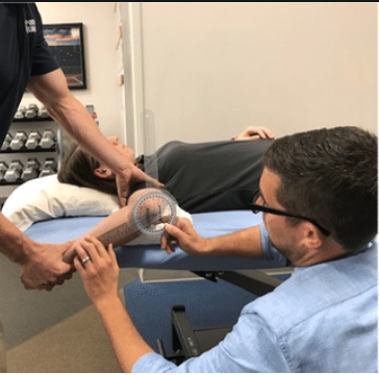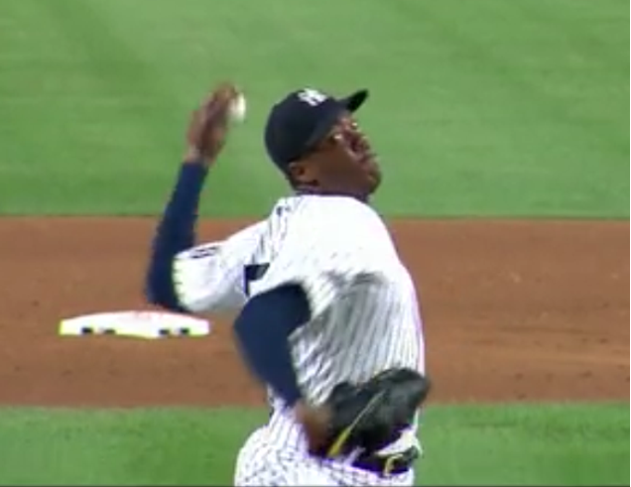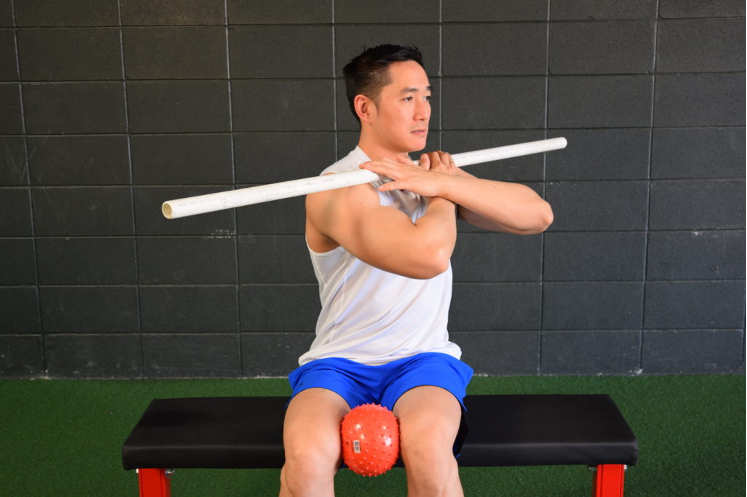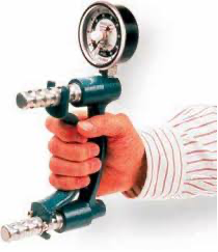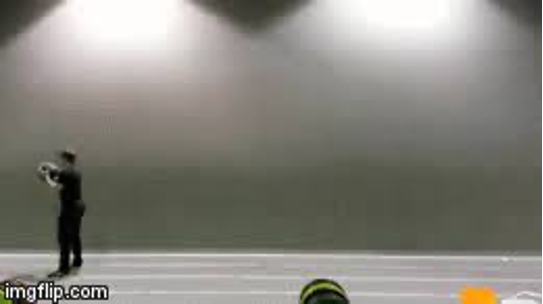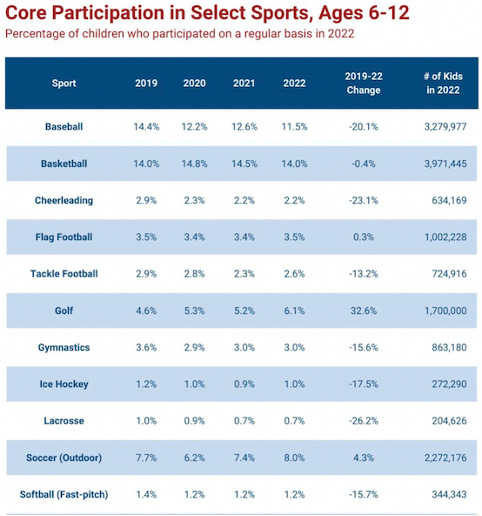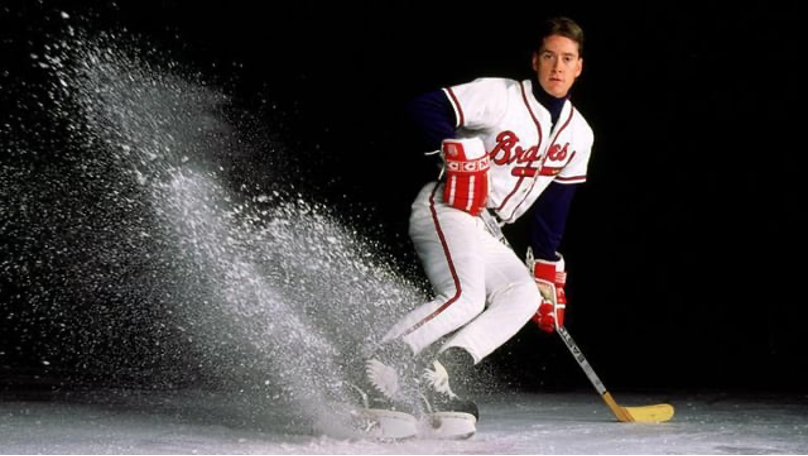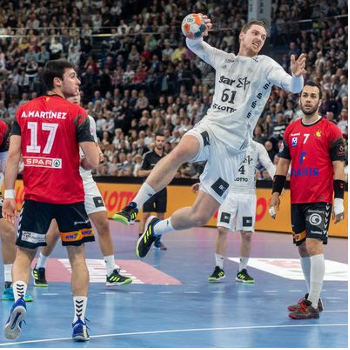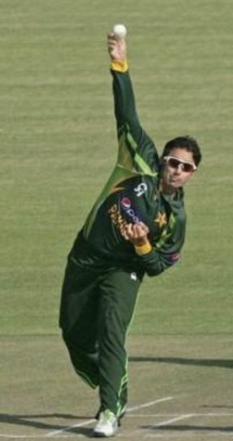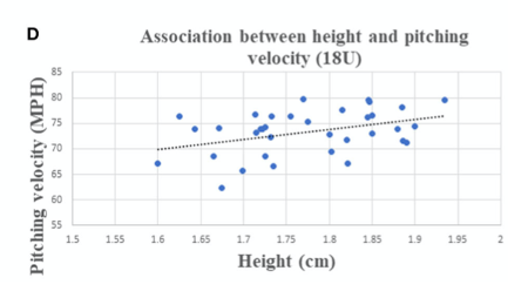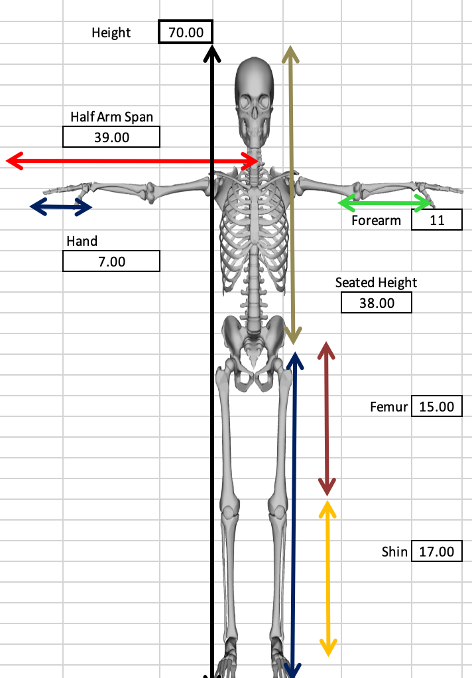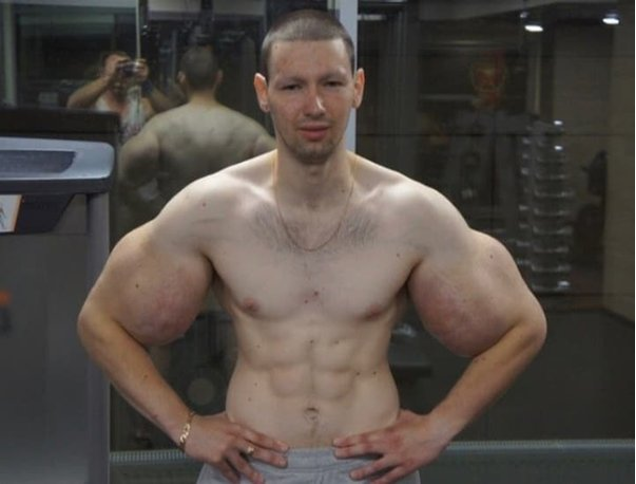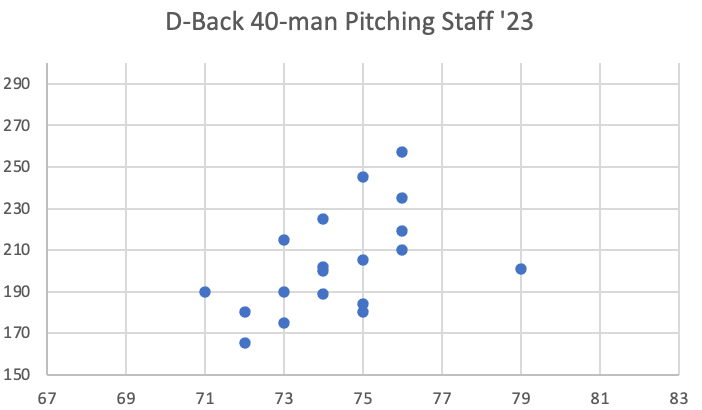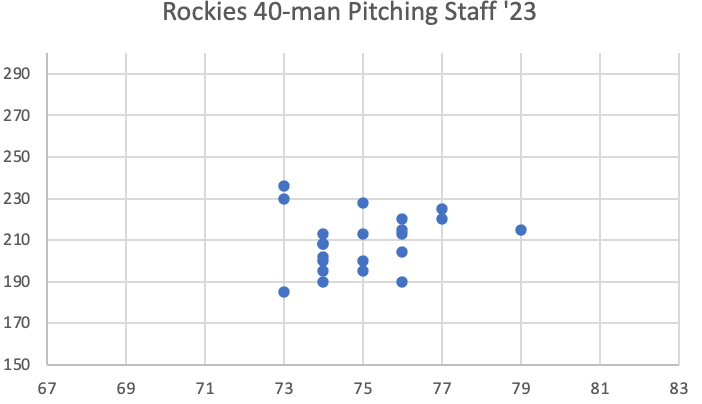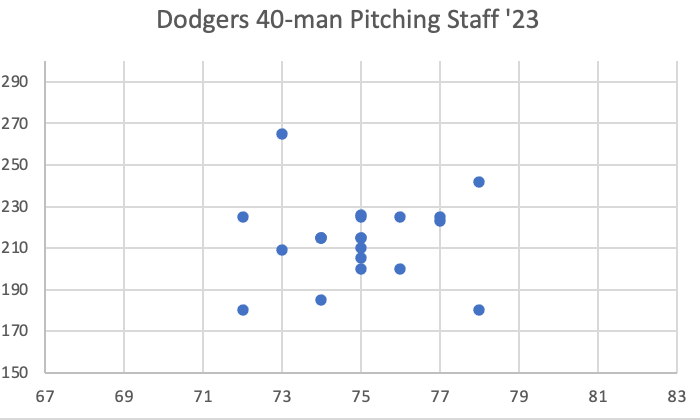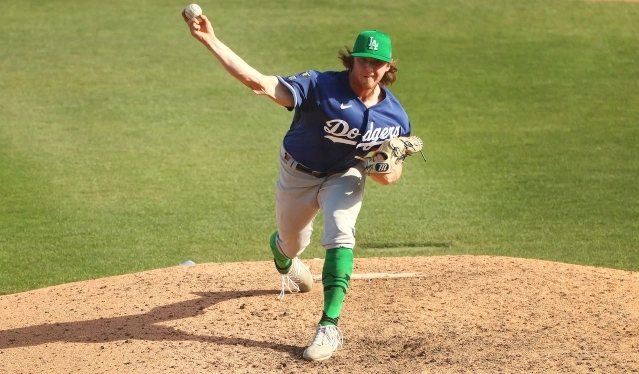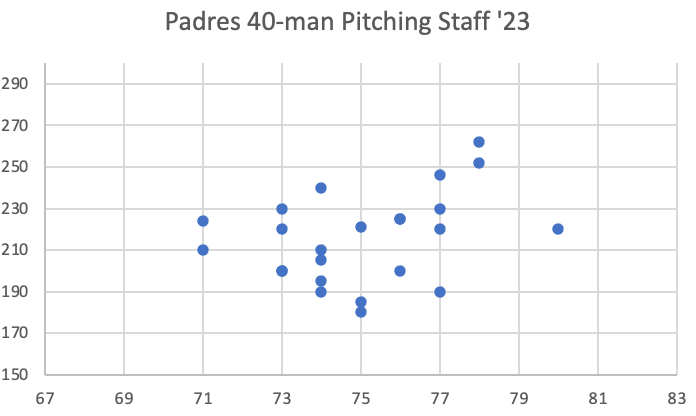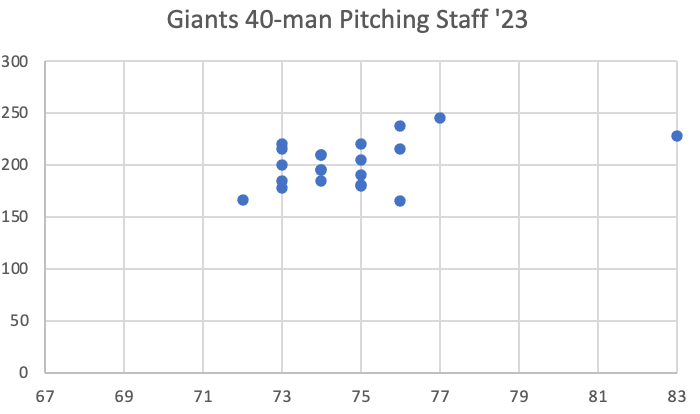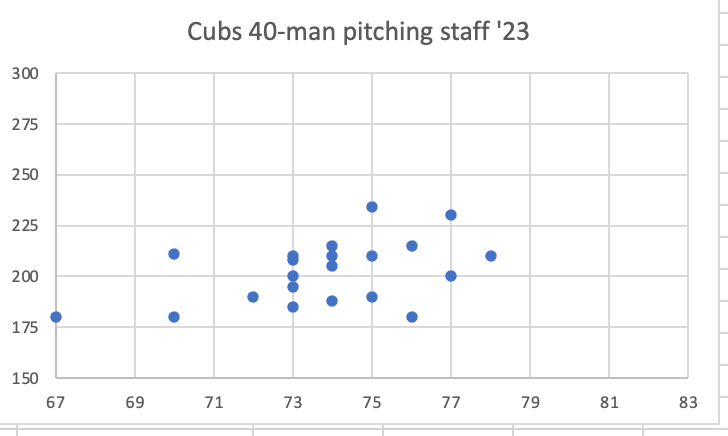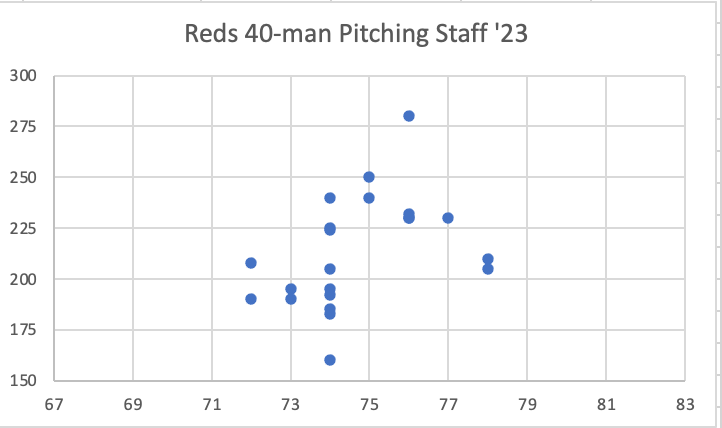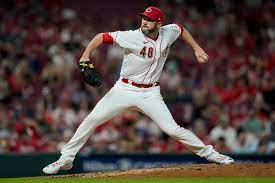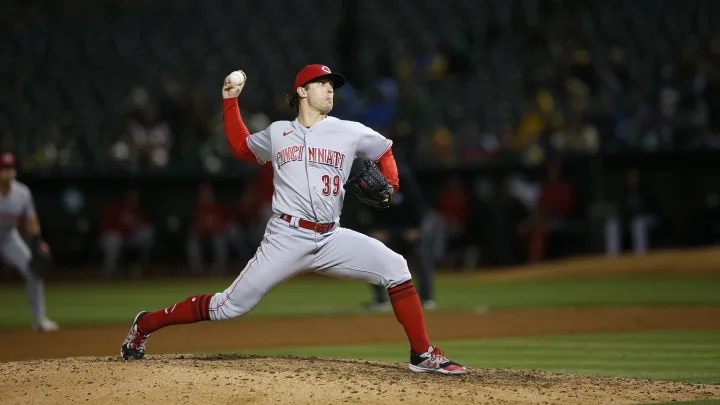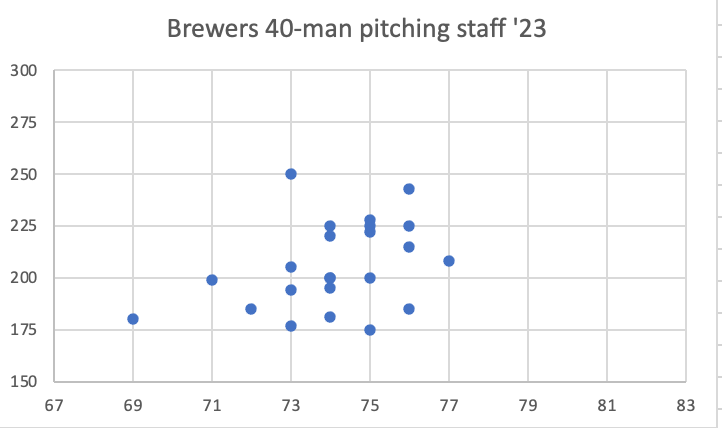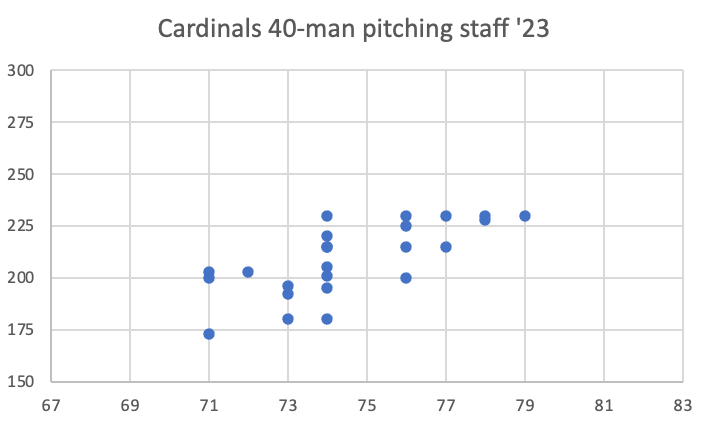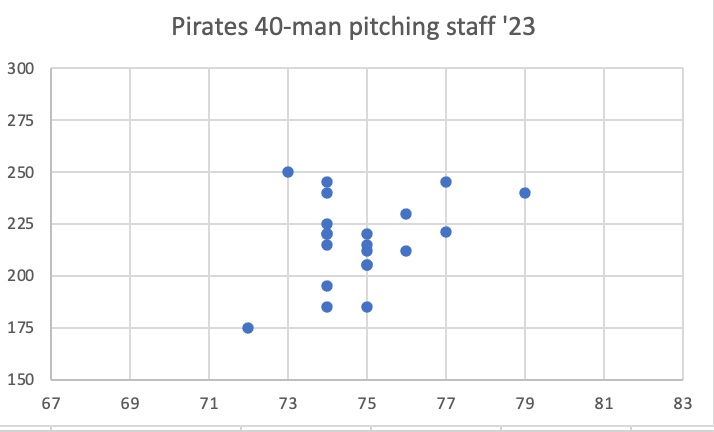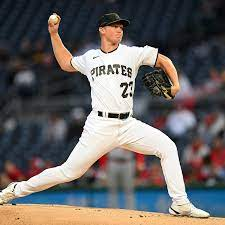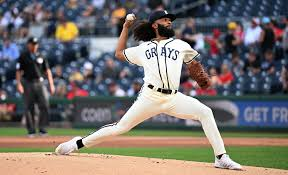Million Dollar Arm 2.0 – Part 2 (Testing for Mobility and Phyiscal Abilites)
In case you missed it, here is a link to part 1, where I explain why we might want to look for pitcher’s outside of the baseball world. Part 1 also looked at the antropometric assessment that I think would be valuble.
Mobility
Some of the hardest throwers in the world use extreme ranges of motion. They use this extra time that their mobility allows them to ramp up the speed needed to light up a radar gun. The goal here is to get an idea of how mobile an athlete is in certain positions that are critical to an effective delivery.
Here are the important, repeatable, and quick mobility assessments that I would use:
- Shoulder External Rotation: This measurement has to be assessed. The ability to lay the arm back is vital to develop speed.
The thing that I don’t like about testing shoulder ER is how in accurate it is. The scores you get from person to person will differ on the way that the test is implemented.
A simple fist-to-fist test might be good enough here to see if someone has enough external rotation to at least get started.
- Field goal pose: This stretch across the pec can give pitchers a lot of time to create power. Here’s a great example of what I am talking about from Aroldis Chapman.
The static version of this test has the athlete stand in a goal post pose. Shoulders and elbows at 90 degrees. Then you ask them to pinch their shoulder blades to see how much horizontal abduction they can produce. Ideally, we can see some space between their vertical forearms and their head. Try to cue them to keep their abs slight braced so that we don’t get too much low back activation.
3. Seated Rotation: Here we get a static assessment of their ability to dissociate their hips and trunk. In a seated position with something like a soccer ball or foam roller between their knees we simply see how far they can rotate their upper body while the lower body stays completely still.
Figure 3 Credit – IFAST
4. Standing Splits: How are apart can an athlete walk their feet apart in the frontal plane while keeping their hands on their hips. The ability to abduct the legs is important for pitching. Not everyone needs to have a huge stride length but it’s nice not to be restricted by mobility. The score of this test can and should be normalized based on their leg length. Someone with long legs can have a high absolute score but still have poor adductor mobility.
Physical/Athletic Abilities
Here’s where we look under the hood. The anthropometrics and mobility give us a sense of the athlete’s frame and what kind of positions they can achieve while these athletic tests give us an idea of how much power they can express.
Based on the same criteria (important, repeatable, and quick) here are the athletic tests that I would use to assess an athlete’s physical ability to throw hard
1.Broad jump: This test is the best because it’s so simple. Everyone has tried it before and there’s no way to cheat it. The result of one this one test can provide us with a couple of cool metrics that can give us more insight.
- Relative Jump Distance to standing height
- Absolute Power: take body weight into consideration and calculate power
Here’s an example of how this might look. This athlete had the 8th best jump on the team but when it came to power, he ranked 5th.
2. Short Sprint: Tremblay et al. found that a 10-meter dash was the best predictor of throwing velocity for U15 group. This would require electronic gate timers for an accurate measurement. If I didn’t have gate timers, I’d pick a 30-meter dash. It’s long enough that we don’t need gate timers and its short enough that we are only focusing on the athlete’s ability to accelerate.
This simple equation can add some valuable insight to how much momentum, in the form of kinetic energy, each athlete can produce. Throwing is all about transferring momentum from the body to the ball. How efficiently this momentum is transferred what mechanics are all about. But if the body can’t produce momentum in the first place it doesn’t matter how efficiently its transferred.
Here’s what it would look like on a printout sheet for the athlete and coach
Here we see a big athlete run one of the slower times on the team but since he was one of the heaviest, he shot to the top of the list in the power category.
3.Grip Strength: In the same Trembly study, grip strength was the best predictor of throwing velocity for both the U11 and U13 age groups.

To me, this is the simplest and safest way to get an idea of how strong someone is. If we can test the grip with the arm in different positions we can screen for potential injuries. Testing at 90/90 and “Lay-Back”.
4. Lateral Jump: The #1 predictor of throwing velocity from my own thesis. It does take a couple of tries to figure it out for some athletes but it’s pretty simple. Here I am over ten years ago demonstrating it. https://www.youtube.com/watch?v=e2WreUSXvbU
5. Backwards Med Ball Throw: The #2 predictor of throwing velocity from my study. This one also requires a bit of a learning curve. Figuring out the optimal time to release the ball is vital in getting an accurate score. Letting go of the ball too soon or too late will reduce their result even if they are producing a lot of power.
It acts as a bit of screen in regards to their coordination. If they can’t figure out when to release a medicine ball with two hands while moving at a moderate speed, they are going to have a real tough time figuring out when to release a baseball from one hand moving at incredibly fast speeds.
I like a 6 lbs ball and as reference Nate Pearson can launch it 73.5 feet!!!
Throwing
We of course have to see them throw. Establishing their current “level” of throwing is crucial. Throwing is tough to quantify making it harder to measure. Due to its speed, complexity, and variety.
Of course, we can use our coach’s eye. If you’ve been around the game for a long time, we just know good throwing when you see it. However, two coaches will often disagree.
In this hypothetical situation that I’m describing I think using these defined levels of throwing ability presented by Southard et al 1998 would do the trick:
- exhibited simple arm and elbow ex-tension with little or no segmental lag.
- displayed a lag of the hand relative to the forearm but no lag of the fore- arm relative to the upper arm.
- displayed segmental lag of the forearm and hand with little or no lag of the upper arm relative to the trunk. Throwers placed in the highest level,
- displayed segmental lag of the upper arm relative to trunk, forearm relative to upper arm, and hand relative to forearm.
Segmental lag is the distal segment lagging in time and displacement behind its proximal neighbor. In the study, segmental lag was determined by the relative time to peak velocity for each segment.
While this system is still somewhat subjective it at least provides a framework that provides more context.
What’s Next
If you can gather all that information, you can then start to make educated decisions and a better plan about who has potential and how you can help them realize that potential. That will be in part 2
References
https://sportforlife.ca/wp-content/uploads/2016/11/the-role-of-monitoring-growth-in-dlta.pdf
Mathieu Tremblay, Charles Tétreau, Laurie-Ann Corbin-Berrigan and Martin Descarreaux* (2022) Anthropometrics, Athletic Abilities and Perceptual-Cognitive Skills Associated With Baseball Pitching Velocity in Young Athletes Aged Between 10 and 22 Years Old. Front Sports Act Living. 2022 Mar 29:4:822454. doi:10.3389/fspor.2022.822454.
Ross, W. D., Marfell-Jones, M. J. (1991). Kinanthropometry. In J. D. MacDougall, H. A.
Wenger & H. J. Green (Eds.), Physiological testing of the High Performance Athlete (2nd ed.) (pp. 223-308). Champaign, IL: Human Kinetics.
Graeme Lehman 1, Eric J Drinkwater, David G Behm. Correlation of throwing velocity to the results of lower-body field tests in male college baseball players. J Strength Cond Res. . 2013 Apr;27(4):902-8. doi: 10.1519/JSC.0b013e3182606c79.
Roach, N.T., Venkadesan, M., Rainbow, M.J., Lieberman, D.E. 2013. Elastic energy storage in the shoulder and the evolution of high-speed throwing in Homo. Nature. 498. 483-486.
